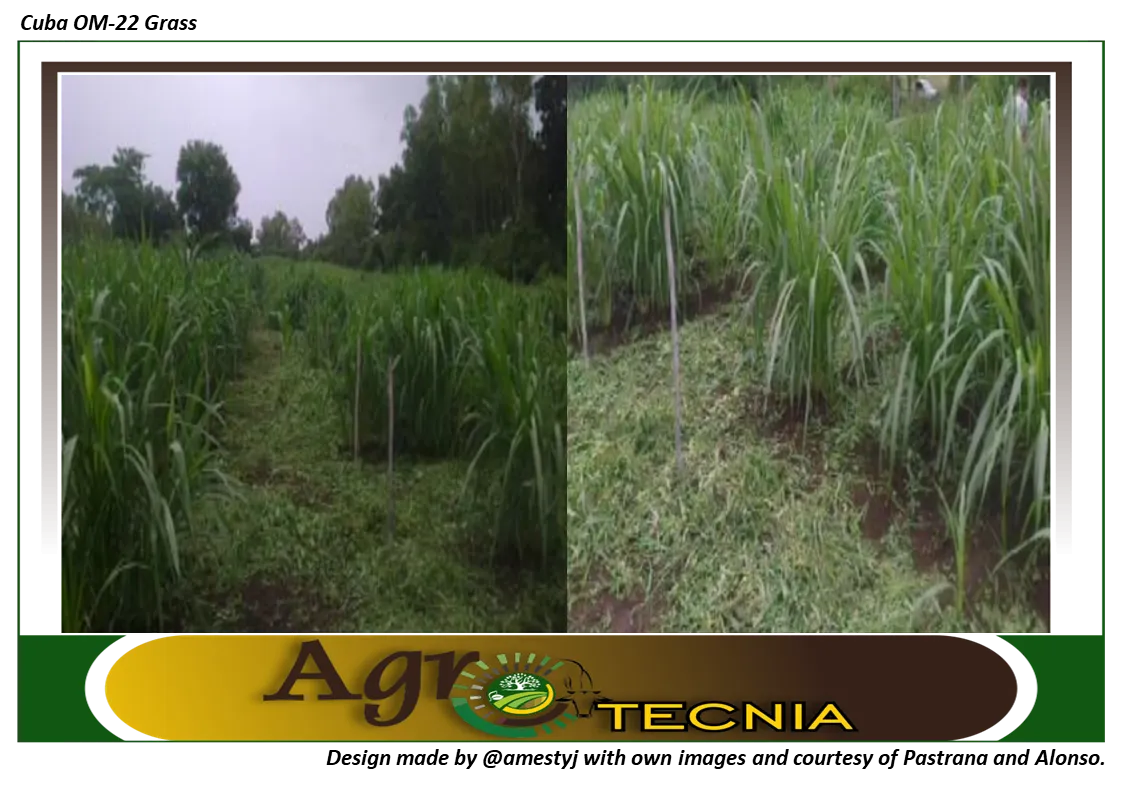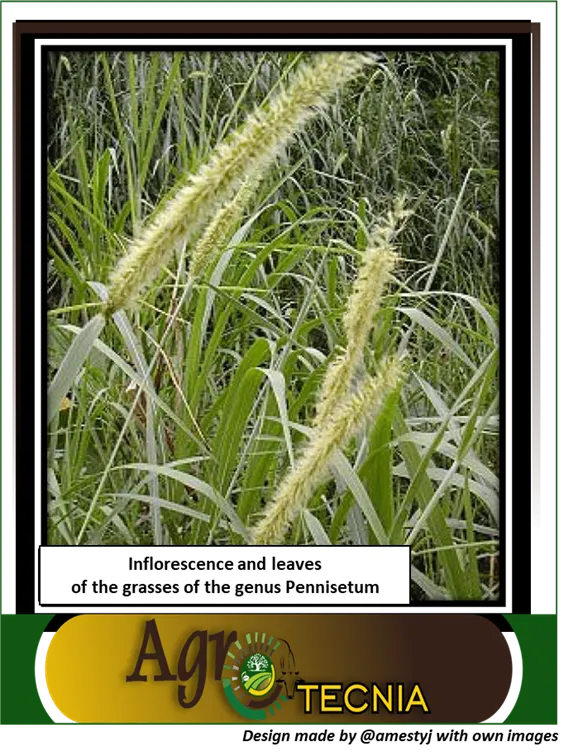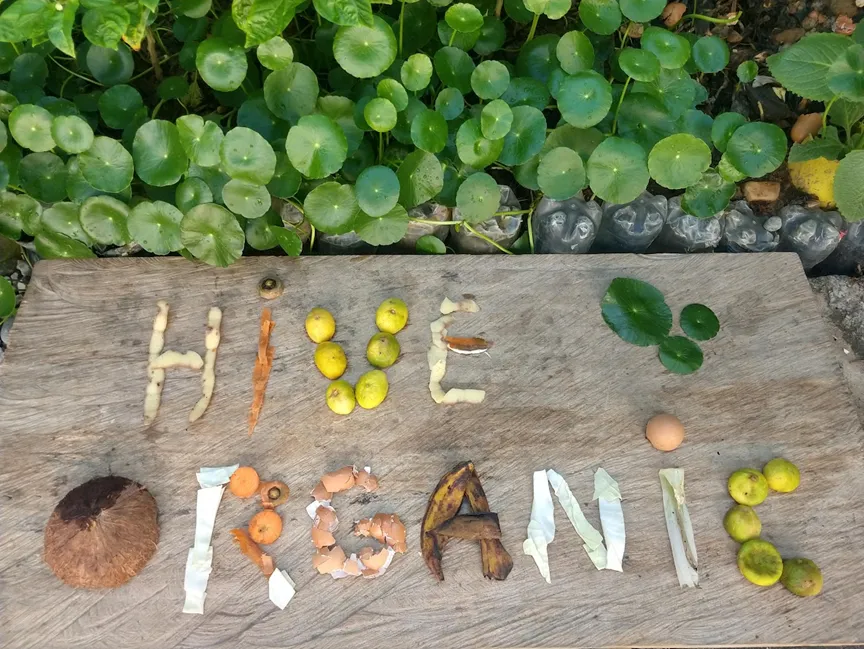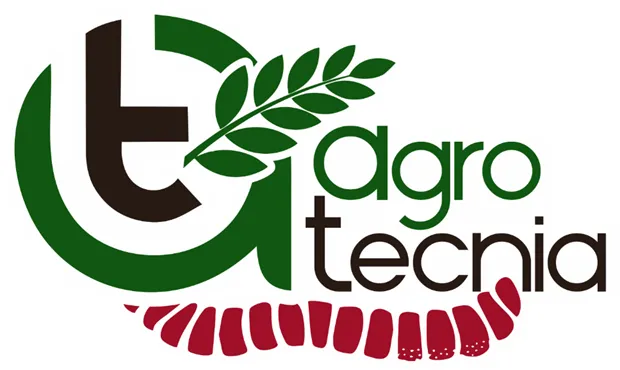Dear readers, forage beans are the main source of protein for cattle in much of the tropical regions, that is why it is necessary to maintain a continuous production of this crop to meet the dry matter consumption needs of animals. In this sense, there is a great variety of forage resources that contribute to the ecological diversity in ecosystems and that, in addition, influences animal production, however, despite the diversity of existing species, sometimes producers limit themselves to the use of a few, being able to diversify, for example, with cutting and hauling species that can also satisfy the requirements presented by cattle.

According to the aforementioned, in livestock ecosystems it is necessary to use species with high biomass production that can contribute to reducing production costs in the feeding of cattle, in the case of cutting pastures are an alternative for feeding ruminants in stabling in the tropics, which can be supplied fresh or preserved in critical times where the yield of species destined for grazing decreases.
In this same order of ideas, in the Southern area of Lake Maracaibo, the Cuba OM-22 grass, (Pennisetum purpureum * P glaucum) has begun to be introduced, which is a cultivar of high important genetic value, which adapts to the soil and climate conditions of the Southern Area of the Lake (high temperature and relative humidity), is a tall plant, of good quality and yield, this cultivar was obtained approximately in 1974 through research projects carried out at the institute of animal science in Cuba which is a resulting hybrid according to Martínez, Tuero y Herrera (2010), from the cross between Pennisetum purpureum x Pennisetum glaucum.
This grass is a perennial species, with erect growth and can reach approximately 2 to 4 m in height, with lanceolate leaves, labras without villi, 50 to 100 cm long and 5 cm wide, it is a selected cutting grass that through work carried out by the International Network of Grass Trials (RlEP), is considered outstanding for its rapid establishment, adaptation, growth, development and relatively high yields of green fodder and dry matter.

On the other hand, as most of the forage plants of the genus Pennisetum require fertile soils, abundant humidity and high temperatures to express their maximum yield potential in MS, in that sense, its abundant foliage for cutting and good yields between 40 and 120 tons of green matter per hectare per year reported in some research make it a crop that can cover the biomass needs present in agro-ecosystems, being a food alternative that helps producers to solve the deficiencies that may exist in the feeding of the animal.
Currently it has been evidenced that it adapts well to temperate climates below 1800 m.a.s.l. and warm up to 0 m.a.s.l., its optimum harvest green point can be between 70 and 90 days after the previous harvest, some producers and technicians point out that it is very desired by livestock and with good fertilization reaches a high level of crude protein (PC) that varies between 14 and 17%.
| Final considerations |
|---|
Therefore, dear readers, cuba OM-22 grass for forage purposes, is presented as an alternative for animal feed, being a crop that adapts very well to tropical regions which reflects its economic and practical importance for producers, being able to be used integrally with the rest of the forage resources available in the production units. On the other hand, as it is a new crop for our geographical region, it is necessary to establish a research program in the area of management and production of cortes pastures, to diversify production in the southern area of Lake Maracaibo, specifically with the Cuba OM-22 cultivar, since the area presents potential agroclimatic and edaphic conditions in this area, to consolidate this crop and is a livestock area by excellence suitable for the exploitation of these fields.
| Bibliographic references |
|---|
Martínez, R.; Tuero, R.; Herrera, R. (2010). Models of biomass accumulation and quality in elephant grass varieties, Cuba CT-169, OM-22 and King grass during the rainy season in western Cuba. Revista Cubana de Ciencia Agrícola, vol. 44, núm. 2, pp. 189-193. Institute of Animal Science. Havana, Cuba.
Pastrana, C. Y Alonso, L.(2015). Phenotypic characterization of two grass varieties, Pennisetum purpureum x Pennisetum glaucum (Cuba OM-22) and Pennisetum purpureum (Cuba CT-169), in conditions of the dry tropics.Degree work presented at the National Agrarian University of Nicaragua.



From agrotecnia we reiterate our gratitude to our followers and all the communities that value our agricultural content, this commits us to continue sharing quality information with the whole hive.



